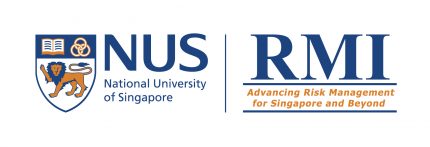|
||||||
|
||
| |
NUS Quantitative Finance Joint Seminar Series (Webinar) |
|
| |
Date: 9 June 2022, Thursday |
|
| |
This webinar is jointly organised by Risk Management Institute and Centre for Quantitative Finance. |
|
|
|||
| |
|
|
| |
Abstract |
|
| |
Title: Coexisting Exchange Platforms: Limit Order Books and Automated Market Makers Prof. Jun Aoyagi (Hong Kong University of Science and Technology) Abstract: Blockchain-based decentralized exchanges have adopted automated market makers—algorithms that pool liquidity and make it available to liquidity takers by automatically determining prices. We develop a theoretical framework to analyze coexisting market-making structures: a traditional centralized limit-order market and a decentralized automated market. Traders face asymmetric information and endogenously choose trading venues. We show that liquidity on the automated market complements that on the limit-order market. A unique and stable general equilibrium exists with endogenous liquidity on both platforms, and we investigate the impact of adopting automated market makers on asset prices and traders' behavior. Co-author: Yuki Ito, University of California, Berkeley |
|
| |
|
|
| |
About the Speaker |
| |||
| |
|
|
Jun Aoyagi is Assistant Professor of Finance at Hong Kong University of Science and Technology and a project scholar at the University of Tokyo, Digital Economy. He received his Ph.D. in Economics from the University of California, Berkeley. His research interest includes Finance, Market Microstructure, FinTech, Information and Economics |
| |
| |
|
|
|
|
| |
For more information on all our workshops & seminars, |
|
| |
Copyright 2006-2022 © NUS Risk Management Institute. |
|
| |
|
|
| |
|
|
|



